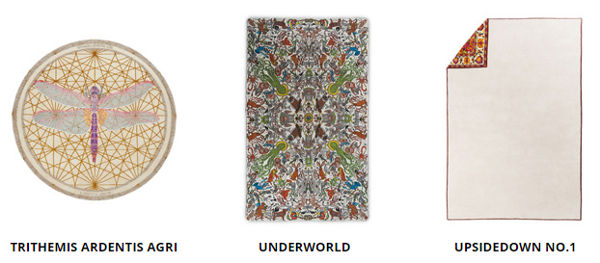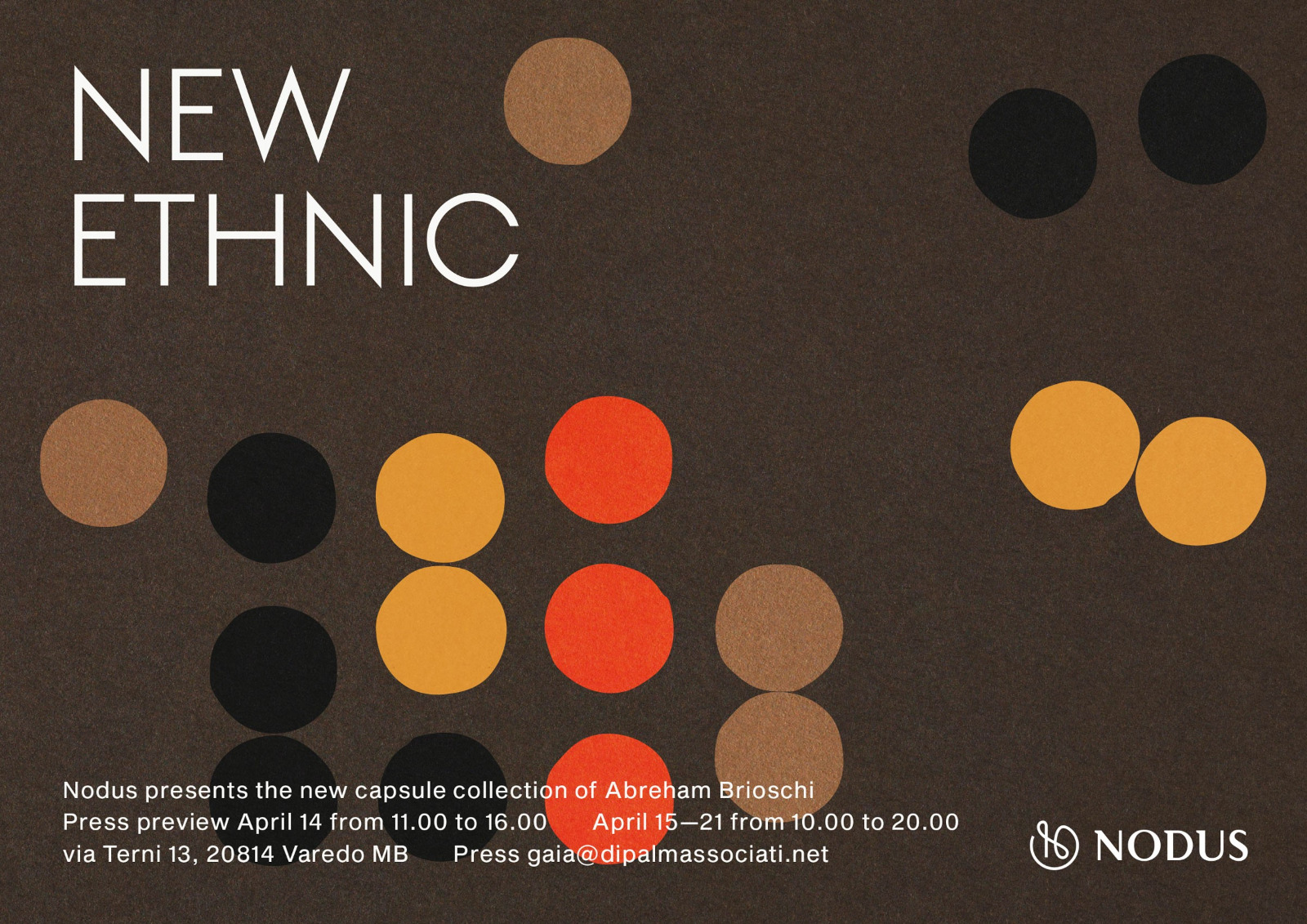A brief history of luxury carpets
Luxury rugs — Dec 15.2020
Perhaps not everyone knows that the carpet was born for practical and not ornamental needs. It was used to insulate the floor of the tents of nomadic tribes from the cold and humidity. Very quickly, however, the carpet also became a prestigious element. In fact, men soon began to use it to decorate houses and temples.
From the origins in Asia to success around the world
The oldest carpet that has ever been found dates back to around 500 BC. It was discovered in the tomb of a Shiite chief in Siberia. It has been perfectly preserved thanks to the protection of a slab of ice, which has preserved it from the insult of centuries and millennia. This discovery made it possible to date the period in which production of the carpets began between the 6th and 5th centuries BC. In fact, no one has any news of artefacts prior to that time.
At such an ancient time, one cannot yet speak of luxury carpets. More than anything else, it can be said that the nomadic and semi-nomadic tribes of central Asia had understood the insulating and decorative potential of wool. The wool fibres – sheep’s, goat’s or alpaca wool – were woven, braided and knotted together to create artefacts that were laid on the ground of tents. While the skins were used to insulate the walls, the wool insulated the floor, giving warmth and softness to the guests of those simple dwellings.
The movements of nomadic tribes and commercial contacts with other populations led the carpets to spread throughout Asia. This happened from Persia to China, passing through the Caucasus and Turkey. It was not long ago that carpet production became a true specialisation, carried out by expert craftsmen. It was precisely there that luxurious and exclusive carpets began to be produced.
The trade along the Silk Route brought carpets closer to Europe. Venetian merchants were decisive for the import of the product into the Old Continent. We are talking about rugs that came mainly from the Middle East and Egypt.
The most luxurious production areas and decorative motifs
The heart of luxury carpet production was immediately in Persia. While men had the task of constructing the loom on which the woollen threads forming the warp and weft were arranged, women and young people had the task of weaving and knotting those woollen threads – or silk or cotton – to the loom. The result of the work was an original design, abstract or inspired by scenes from everyday life. Soon the cities and provinces of Tabriz, Herman and Fars became reference points for the production of carpets of high artistic value.
Since then, the working techniques and designs produced have changed over time, also under the influence of the different dynasties that ruled the region. However, some elements of Persian carpets have remained unchanged and still today allow them to be clearly identified. We are referring to the warm colours and unmistakable design, consisting of complex motifs including floral elements and hunting scenes.
The traditional Persian workmanship uses very fine threads, knotted with asymmetrical knots. The result is a dense weave, which allows for extremely detailed designs.
But back to the Persia of antiquity. The most exclusive Persian luxury carpets were intended for important political figures, such as Princes and Emperors, but also Venetian doges. Often, those rugs were enriched with gold and silver threads. The magnificence of the artefact indicated the importance of the person to whom it went as a gift. Or the person who bought it.
Some of the creations of the most famous Persian craftsmen are now preserved in famous museums, from the Metropolitan Museum of Art in New York to the Victoria and Albert Museum in London. The prestige of Persian carpets has also been recognised by UNESCO, which in 2010 included the traditional art of carpet weaving in Fars in the list of intangible cultural heritage of humanity.
Other important areas in the production of luxury carpets are Tibet, India and Afghanistan. Each of these countries has given a personal imprint to its pieces. While the Tibetan creations have an essential style and are small in size, as they are mainly designed for temple ornaments, the Indian carpets are sumptuous and made with very bright colours. In Afghanistan, on the other hand, a particular workmanship has become widespread, which does not involve the use of the loom for the weft and the order. The technique sees the use of special needles, in wood or iron.
Chinese carpets are also worth mentioning. The Chinese tradition has developed since the 14th century and has made it possible to create works of great value. These works are the result of the personal interpretation of the carpet made by Chinese craftsmen. The result? Luxurious rugs that differ from the Persian ones for the colours used, lighter, and for the design, less elaborate but still rich in symbols and meanings.
Nodus creates prestigious carpets.
Bring luxury into your home!
>>> CONTACT US! <<<
![]() Nodus has reinvented the luxury carpet. It was in fact the first brand to propose the concept of the rug as a work of contemporary art.
Nodus has reinvented the luxury carpet. It was in fact the first brand to propose the concept of the rug as a work of contemporary art.
Nodus has always created exclusive products that furnish the most beautiful homes in the world. Do you want to make your home inimitable as a work of art?
Bring a hand knotted rug of the highest quality and design into the spaces of your daily life! Give your family and the people you love the beauty of a dream masterpiece! Every piece of Nodus is designed by famous Designers, making it recognisable and prestigious. In this way, each rug is unique: you will not find another one like it. Like all beautiful and unrepeatable things, one piece in the Nodus collection sets you apart and speaks to others about your taste and elegance. CONTACT US!
